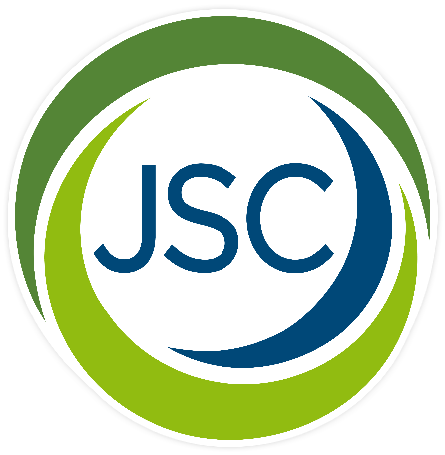Medical Group Recruitment
Medical Group Recruits 47 New Providers in One Year
Situational Analysis
360 bed not-for-profit community hospital located in an adjoining state suburb of a major Northwest city. Hospital established for 150 years with no local competition. Physicians in the community were unaligned and comprised of small single specialty groups and one large multi-specialty group. The hospital purchased the assets of 2 primary care groups and merged them to keep them afloat after the collapse of their publicly traded for-profit owners. A large healthcare system in bordering state built new hospital in the community and began aggressive strategy to align physicians and attract patients through new facilities and strong customer service. Multi-specialty group entered into an aggressive growth strategy opening new clinics near campuses of both hospitals and began developing ancillary services to help increase revenue due to low reimbursement rates in the community. The siphoning of ancillary revenue from the hospital effected profitability and the ability to provide charity care to the community in support of the hospital’s mission. Although the assets of the primary care group were owned by the hospital, referrals were as likely to go to the new hospital.
The low reimbursement rates for clinical services made it extremely difficult for independent groups to provide competitive compensation to attract new physicians. Although located within a major metropolitan area the community was underserved in many medical specialties including approximately 20 primary care physicians. Low incomes and poor internal management led to the sudden departure of 40% of the primary care group.
Challenge
The hospital alone could not meet the challenges of the evolving local market and the anticipated changes of healthcare reform. To secure the future of the not-for-profit community mission required the formation of an Integrated Delivery System in which the hospital and physicians were aligned, operations were efficient so that there was adequate revenue to support the mission. New leadership was brought in to: (l) Fix the financial and service challenges of the hospital and (2) build a physician group practice that could align existing physicians and attract new physicians. The focus of this case study is on the building of the physician group practice.
The existing primary care group was managed by a hospital run Physician Services division that provided management and billing services to several disparate groups. It was quickly apparent, that to fully align the physicians, it would be necessary to bring them together into a single, physician-governed group as equals to the hospital in the IDS. A new senior management team with group practice experience was formed. An integral part of this team was a highly experienced Director of Physician Recruitment and Retention (DRR). The DRR was tasked with curtailing the exodus of primary care physicians and quickly develop an effective recruitment and retention program.
Implementation
A cost benefit analysis was done to evaluate the choice of building an in-house recruiting department or using physician recruiting firms. Building an in-house department was ruled out due to 6 month+ timeframe to hire staff and implement. Using recruiting firms was ruled out based upon high cost of retained firms and inconsistent quality of contingency firms.
A cost-effective hybrid model was developed in partnership with Jordan Search Consultants (JSC). Through its Medical Marketing Division, JSC offered a customized level of service that delivered high quality candidates, and was responsive and flexible enough to adapt to the ever changing priorities of a start-up group.
Having a reliable source of high quality candidates allowed the DRR to focus on the development of an effective internal recruitment process to attract new candidates and implement an effective retention strategy.
Outcomes
The combined effort resulted in the recruitment of 47 new providers, more than doubling the size of the group. Total cost was one half of the cost of developing an in-house department and one-third the cost of using outside recruiting firms. Additional cost and time savings where achieved by effective pre-screening of candidates resulting in a placement to interview ratio of 1:1.5 versus the industry average of 1:4. The low average placement time of 102 days greatly reduced cost and dependency on locums and allowed practices to ramp up quickly.
The success of this program was due to the willingness of the DRR and JSC to look outside of traditional roles and business models to develop a new model of working together.
— Katie Rutledge, Vice President and Chief Human Resources Officer
Springfield Clinic, Springfield, IL


